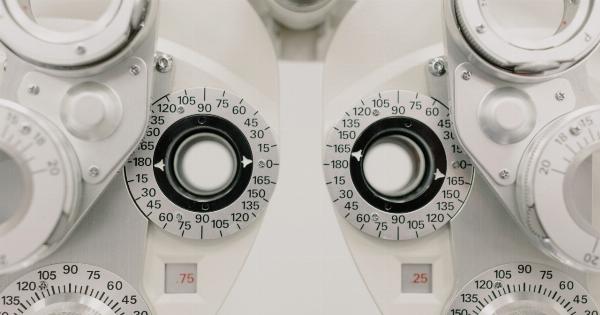Pregnancy testing is a crucial step towards knowing your pregnancy status. It is essential to understand how pregnancy testing works, as there several types of pregnancy tests available in the market.
This guide is a comprehensive resource that explains everything you need to know about pregnancy testing, including the different types of tests, how they work, when to take them, and their accuracy.
Types of Pregnancy Tests
There are two types of pregnancy tests: urine and blood tests. Urine tests are more commonly used, and they are available over-the-counter at pharmacies and drug stores. Blood tests are often performed in a doctor’s office or a laboratory setting.
Urine Pregnancy Tests
Urine pregnancy tests detect the presence of a hormone called human chorionic gonadotropin, or hCG, in a woman’s urine. This hormone is produced by a fertilized egg after it implants in the uterus.
Urine tests are easy to use, and they have a high accuracy rate if used correctly. When taking a urine pregnancy test, it is important to follow the manufacturer’s instructions carefully.
Most urine pregnancy tests come in a stick or a dipstick form.
The stick test requires a woman to hold the stick in her urine stream for a few seconds, while the dipstick test requires a woman to collect urine in a clean cup and then dip the stick into it. Some tests have a digital display that provides a result, while others have a line or a plus/minus sign that appears after a certain amount of time.
Blood Pregnancy Tests
Blood pregnancy tests are more sensitive than urine tests and can detect pregnancy earlier. There are two types of blood pregnancy tests: qualitative and quantitative.
Qualitative tests measure the presence of hCG in the blood, similar to urine tests. The results are either positive or negative.
Quantitative tests measure the exact amount of hCG in the blood, which can determine the stage of pregnancy, or if there are any complications. A quantitative test can also monitor the hCG levels after a miscarriage or an abortion.
When to Take a Pregnancy Test
The best time to take a pregnancy test depends on the type of test you are using and your menstrual cycle. For urine tests, it is recommended to wait until at least one week after a missed period to get the most accurate results.
If you have irregular periods, or you are not sure when your period is due, wait at least three weeks after unprotected sex before taking a test.
For blood tests, you can take them as early as seven days after ovulation, which is when fertilization usually occurs. Blood tests are more accurate than urine tests, and they can detect pregnancy earlier.
Accuracy of Pregnancy Tests
The accuracy of a pregnancy test depends on several factors, including the type of test, when you take it, and how well you follow the instructions. Urine tests have a high accuracy rate if taken correctly.
According to the American Pregnancy Association, urine tests are approximately 99% accurate when taken after a missed period.
Blood tests are also highly accurate, although they can give false results in certain circumstances, such as if you are taking fertility drugs that contain hCG or if you have an ectopic pregnancy.
Conclusion
Pregnancy testing is an essential step towards knowing your pregnancy status. Whether you are using a urine or a blood test, it is important to follow the instructions carefully and to wait until the appropriate time before taking a test.
Pregnancy testing can provide accurate results, but if you have any concerns or doubts, it is best to consult a healthcare provider.



















